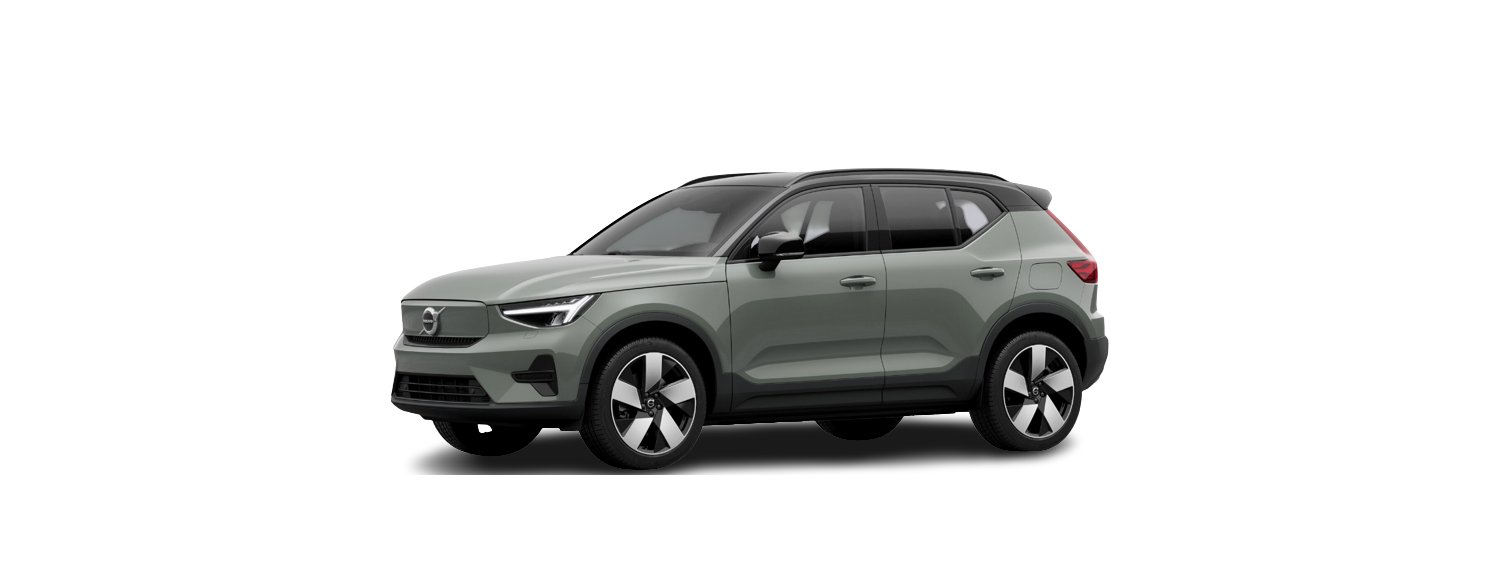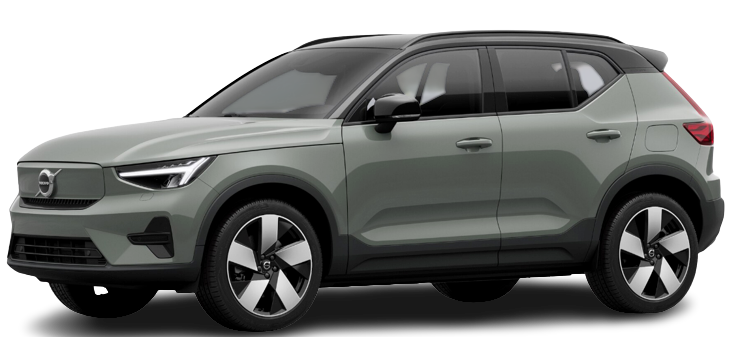| Weight | Front seat (with deactivated airbag, only rear-facing child seats) | Front seat (with activated airbag, only front-facing child seats) | Outer rear seat | Centre rear seat |
|---|---|---|---|---|
| Group 0 max 10 kg | U, | X | U | U |
| Group 0+ max 13 kg | U, | X | U | U |
| Group 1 9-18 kg | L | UF, | U, L | U |
| Group 2 15-25 kg | L | UF, | U, L | U |
| Group 3 22-36 kg | X | UF, | U | U |
| U: Suitable for universal category restraints approved for use in this mass group. UF: Suitable for front-facing universally approved child seats. L: Suitable for particular child restraints. These restraints may be of the specific vehicle, restricted or semi-universal categories. X: The seat is not suitable for children in this mass group. | ||||
Never use a rear-facing child seat on the front passenger seat if the passenger airbag is activated.
Child seat positioning
It is important to position the child seat in the right place in the car. The choice of location depends, amongst other things, on the type of child seat and whether the passenger airbag is activated.
Rear-facing child seat and airbag are not compatible.
- Always fit rear-facing child seats in the rear seat if the passenger airbag is activated. If a child is sitting on the front passenger seat then he/she could suffer serious injury if the airbag deploys.
- If the passenger airbag is deactivated then rear-facing child seats can be fitted on the front passenger seat.
- Never allow anybody to stand or sit in front of the front passenger seat.
- Never use a rear-facing child seat on the front passenger seat if the airbag is activated.
- Front-facing passengers (children and adults) must never sit on the front passenger seat if the passenger airbag is deactivated.
- Failure to follow the advice given above can endanger life or lead to serious personal injury.
- The label on the passenger side’s sun visor.
The warning label for the passenger airbag is positioned as shown above.
Child seat mounting
It is important to remember a number of things when a child restraint system is mounted and used, which depend on where the child restraint system is positioned.
- Booster cushions/child seats with steel braces or some other design that could rest on the seatbelt buckle’s opening button must not be used, as they could cause the seatbelt buckle to open accidentally.
- Do not secure the straps for the child seat into the seat’s horizontal adjustment bar or in springs, rails or beams under the seat. Sharp edges may damage the straps.
- Do not allow the upper section of the child seat to rest against the windscreen.
- When using child safety equipment, it is important to read the installation instructions included.
- In the event of questions when fitting child safety equipment, contact the manufacturer for clearer instructions.
- Observe caution when fitting child restraint systems so that sharp edges or protruding parts of the child restraint system do not scratch the interior of the car.
- Long-term installation and use of child seats may cause wear and tear on the car’s fittings. Volvo recommends using the kick guard accessory to protect the car’s fittings.
- When using front-facing booster seats and loose booster cushions where the child uses the car’s seatbelt, raise the front seat if necessary so that the seatbelt strap can be tensioned around the child’s hips.
- When fitting rear-facing child seats, check that the passenger airbag is deactivated.
- When fitting front-facing child seats, check that the passenger airbag is activated.
- When fitting rear-facing child restraint systems, lower the front seat to its lowest position unless otherwise specified in the relevant table for the location of child restraint systems.
- When fitting rear-facing child restraint systems, slide the front seat forward so that the child restraint system is in contact with or comes as close as possible to the instrument panel.
- When fitting adjustable child seats, the child seat must be adjusted so that the older the child is, the more upright the position is.
- Only use child seats that are recommended by Volvo, are universally approved, or are semi-universal, and where the car is included on the manufacturer’s vehicle list.
- ISOFIX child seats can only be fitted when the car is equipped with the ISOFIX console accessory.
- If the child seat is equipped with lower straps, Volvo recommends that the lower mounting points are used with these.
- If the child seat is equipped with support legs, always fit the support leg/support legs directly to the floor. Never fit a support leg to a footrest or other object.
- The ISOFIX guide can be used in order to facilitate child seat installation.
- When fitting adjustable child seats, the child seat must be adjusted so that the older the child is, the more upright the position is.
- Only use child seats that are recommended by Volvo, are universally approved, or are semi-universal, and where the car is included on the manufacturer’s vehicle list.
- A child seat with support legs must not be fitted in the centre seat.
- The outer seats are equipped with the ISOFIX fixture system and are approved for i-Size.
- The outer seats are equipped with upper mounting points. Volvo recommends that the child seat’s upper straps should be pulled through the hole in the head restraint before being tensioned at the mounting point. If this is not possible, follow the recommendations from the child seat manufacturer.
- If the child seat is equipped with lower straps, never adjust the position of the seat in front after the straps have been fitted in the lower mounting points. Always remember to remove the lower straps when the child seat is not installed.
- If the child seat is equipped with support legs, always fit the support leg/support legs directly to the floor. Never fit a support leg to a footrest or other object.
With the installation of an infant seat in the rear seat, Volvo recommends a distance of at least 50 mm (2 tums) from the front part of the infant seat to the rearmost part of the seat in front.
Overview table for location of child seats
The table gives an overview of the types of child seats suitable for the car’s seats.
Seat positions in left-hand drive cars.
Seat positions in right-hand drive cars.
| i-Size child seats | Universally approved child seats secured using the car’s seatbelt | Other child seat categories | |
|---|---|---|---|
| Seat position | 3, 5 | 2, 3, 4, 5 | 2, 3, 5 |
Table for the location of ISOFIX child seats
The table gives a recommendation for which ISOFIX child seats suit which locations, and for what size of child.
The child seat must be approved in accordance with UN Reg R44 and the car model must be included in the manufacturer’s vehicle list.
| Weight | Size class | Type of child seat | Front seat (with deactivated airbag, only rear-facing child seats), | Front seat (with activated airbag, only front-facing child seats), | Outer rear seat | Centre rear seat |
|---|---|---|---|---|---|---|
| Group 0 max 10 kg | E | Rear-facing infant seat | IL, , X | X | IL | X |
| Group 0+ max 13 kg | E | Rear-facing infant seat | IL, , , X | X | IL | X |
| C | Rear-facing child seat | |||||
| D | Rear-facing child seat | |||||
| Group 1 9-18 kg | A | Front-facing child seat | X | IL, , , X | IL, IUF | X |
| B | Front-facing child seat | |||||
| B1 | Front-facing child seat | |||||
| C | Rear-facing child seat | IL, , X | X | IL | X | |
| D | Rear-facing child seat | |||||
| Group 2/3 15-36 kg | – | Front-facing child seat | X | IL | IL | X |
| IL: Suitable for particular ISOFIX child restraint systems. These child restraint systems are those of the specific vehicle, restricted or semi-universal categories. IUF: Suitable for ISOFIX forward child restraint systems of universal category approved for use in the mass group. X: Not suitable for ISOFIX child restraint systems. | ||||||
Table for the location of i-Size child seats
- The table gives a recommendation for which i-Size child seat suits which locations, and for what size of a child.
- The child seat must be approved in accordance with UN Reg R129.
| Type of child seat | Front seat (with deactivated airbag, only rear-facing child seats) | Front seat (with activated airbag, only front-facing child seats) | Outer rear seat | Centre rear seat |
|---|---|---|---|---|
| i-Size child seats | X | X | i-U, | X |
| i-U: Suitable for i-Size “universal” child seat, front-facing and rear-facing. X: Not suitable for universally approved child seats. | ||||




